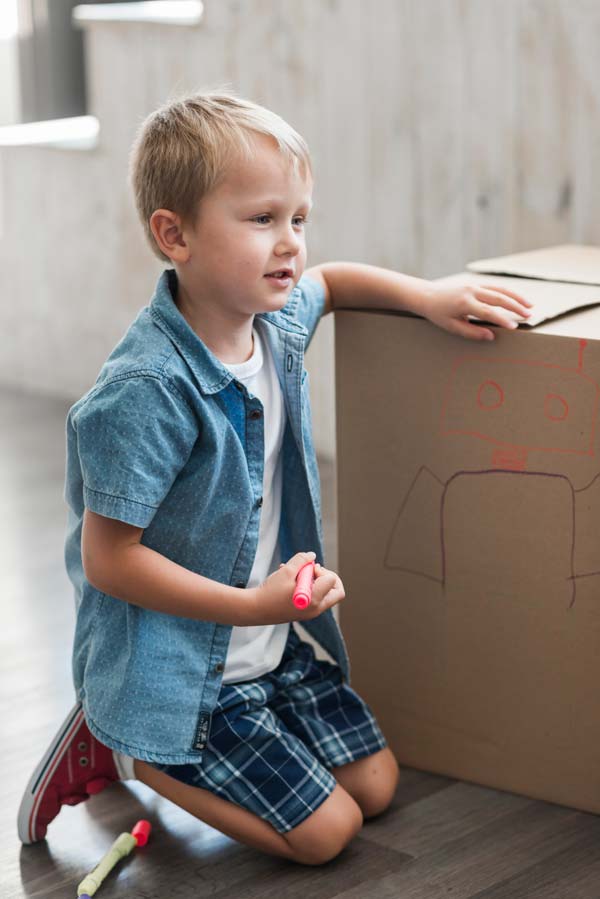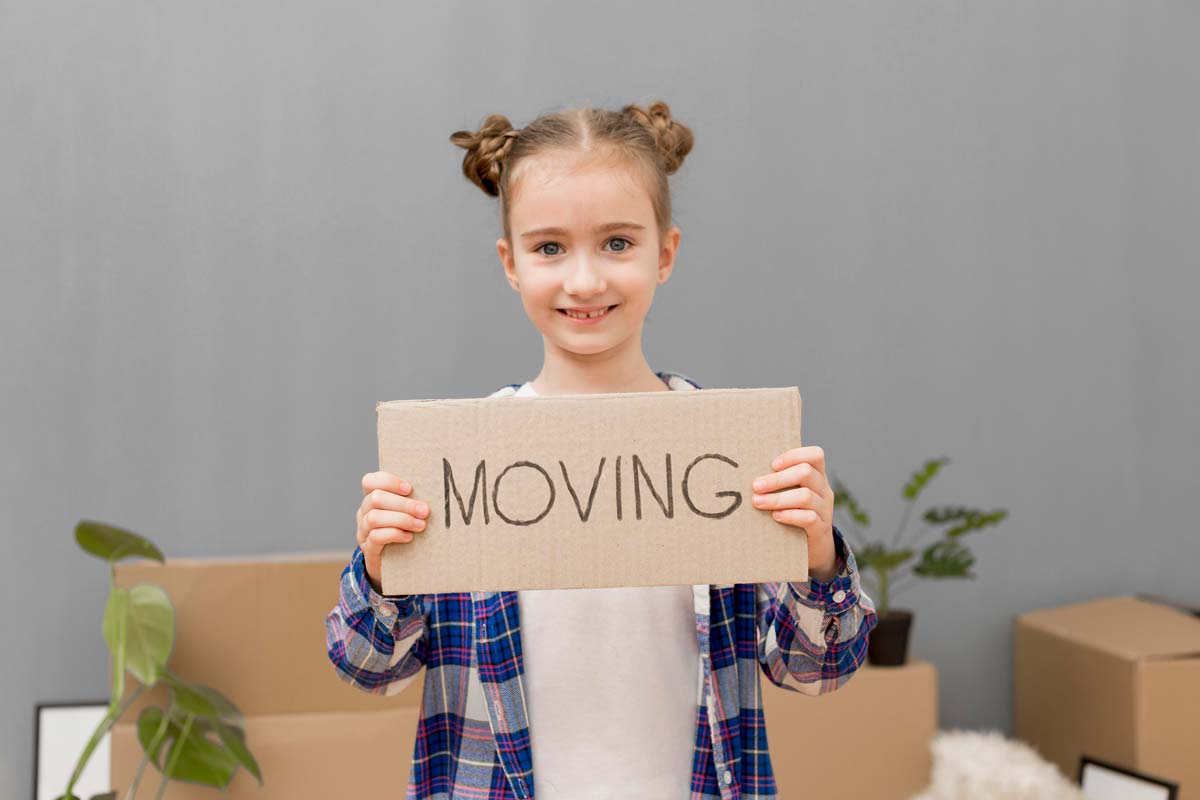3. Create a Moving Timeline
Once you’ve addressed your child’s mental and physical involvement, set a moving timeline so everyone is aware of what they’re expected to do to ensure a smooth transition. A moving timeline reduces stress, increases organisational skills, addresses financial planning, and prevents wasted effort. Before you share the timeline, ensure all your financial obligations are in order, because about 46% of moves get delayed because of incorrect financial planning.
Once your move is financially secure, share the timeline with your child to prepare them and yourself for the upcoming days. For little ones, create a visual timeline with blocks so they can count down the days and see what’s happening every day leading up to the big move. Your timeline should include a checklist like packing and unpacking dates, notifying the school, gathering necessary documentation, and setting a moving date. It should also include time to spend as a family while allowing your child to say goodbye in their own way.







